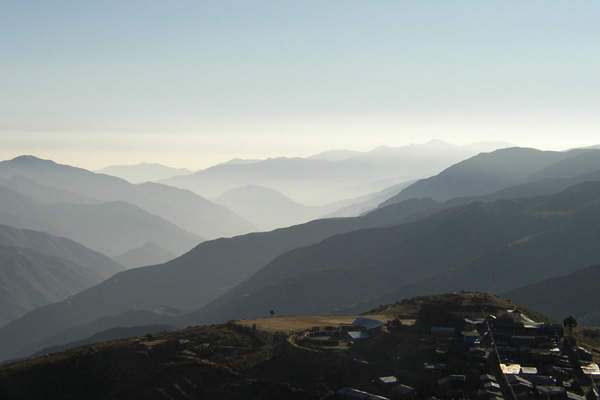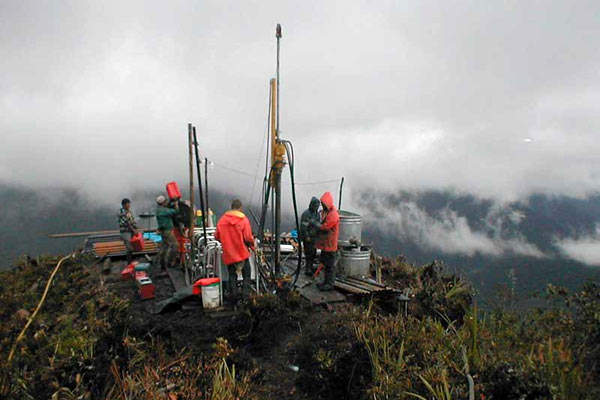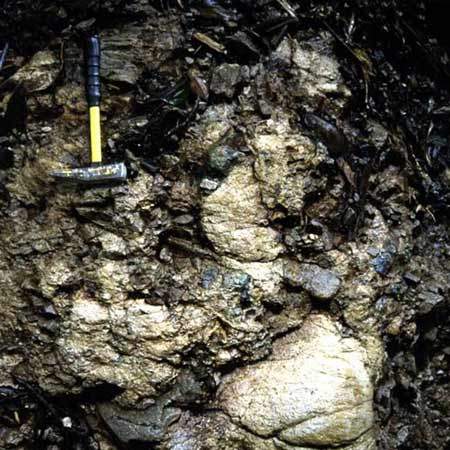Rio Blanco is a porphyry copper mine located at an altitude of 2,200m to 2,800m in the lower Andes, northern Peru. The mine has one of the largest undeveloped copper deposits in the world. It is owned and operated by Zijin Mining Group. Zijin Mining Group purchased the property from Monterrico Metals in 2007 and currently owns 89.9% of Monterrico’s shares. It will invest $1.44bn in the project.
The mine will begin production by 2011. It has a production capacity of 200,000t/y of copper. The project was not commissioned until January 2009 due to security reasons.
Reserves
The mine contains 1,257mt of reserves with a cut-off grade of 0.4% copper. Proven reserves are approximately 146mt with 0.73% cut-off copper grade. Centred primarily on Henry’s Hill, the mine also receives a small contribution from the adjacent Soho deposit.
Geology
The mine lies on the northern end of the Peruvian copper-gold belt. Extending over 1,000km, the belt is tertiary, porphyritic, epithermal and metallogenic in nature. It hosts several deposits including Yanacocha, Santa Rosa, Alto Chicama, Cerro Corona, Peirina, Sipan, La Granja, Michiquillay and Carpa. Copper and copper-gold porphyry systems in the zone are characterised by small porphyritic intrusions.
The Rio Blanco porphyry system is hosted within Portocello batholith and siliceous Palaeozoic meta-sediments, two rock units that dominate the region. A multi-phased and intrusive complex, the Rio Blanco porphyry system contains a quartz porphyry section exposed in Quebrada Majaz.
Around the boundaries of the quartz porphyry, an extensive development of igneous breccia has formed. Towards the north of Quebrada Majaz there is a large core of phreato-magmatic breccia. This mass of rock features steep cliffs that were created when the breccia was silicified.
A large phyllic zone forms a significant alteration at Rio Blanco. Stretching 5km², this zone is intense, has low pyrite content and contains an overprinted potassic zone.
It extends to about 100m into the granodiorite batholith, leading to a poorly developed propylitic alteration. Towards the north of Quebrada Majaz the phyllic zone merges into the phyllites.
In spite of significant argillic overprint, clay development at Rio Blanco has been in the range of 5% to 15% of rock by volume. The system also contains a 25km² areal extent indicated by hydrothermal alteration and copper discovered in stream silt sediments and the bedrock’s rock samples.
Mineralisation
The deposit is characterised by chalcocite and covellite mineralisation. Secondary enrichment in this deposit contains chalcocite and covellite in an approximate 1:2 ratio.
The minerals are spread across in veinlets, as fracture fillings or as coated patinas on pyrite crystals. They also form halos and sub-halos around the chalcopyrite crystals. The zone is characterised by abundant pyrite. The grade of molybdenum in this region is similar to that of the underlying primary ore.
The transitional zone hosts a partially damaged blanket. Apart from chalcocite, covellite and pyrite, the zone contains limonite. In comparison to the corresponding primary ore, the average copper grade in this zone is lower.
The mixed zone hosts a mixture of minerals including pyrite, chalcopyrite, covellite and chalcocite. The leached cap of Rio Blanco is characterised by geothitic ores.
Steep topography and the corresponding supergene copper intersections below the ridge crest of Henry Hill represent the distinguishing anomaly at Rio Blanco.
Mining and processing
The mine will operate as a conventional open pit mine. Ores of higher grade will be extracted first. As the level of deleterious elements in the concentrates is expected to be very low, all ore types at Rio Blanco will be easy to process.
Separate copper and molybdenum concentrates will be produced through the conventional process of flotation. Tailings will be dried and arranged in a valley adjacent to the open pit, a process that will reduce environmental impact and operating costs.
Transportation
The concentrates will be initially transported from the mine to port using trucks. A pipeline will be constructed to transport concentrates. To minimise environmental impact the pipeline will be constructed parallel to the road in upland areas wherever possible.
Almost 25km of new road will be constructed. The existing road, which is 176km long, will also be upgraded. Facilities for storage and loading will be constructed at the port of Bayovar, 800km north of Lima.






